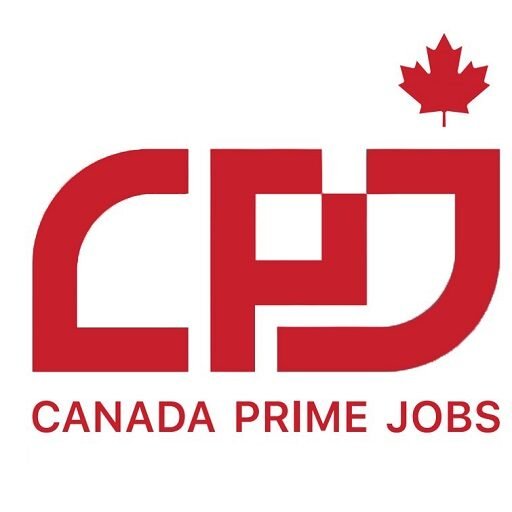 Understanding the Canadian Resume Format
Understanding the Canadian Resume Format
When applying for jobs in Canada, it is essential to understand and adhere to the Canadian resume format. This format is not only about aesthetics; it reflects the professional standards and expectations of Canadian employers. The most common and recommended structure is the reverse chronological format, which prioritizes your most recent experiences and education. This format allows employers to quickly assess your qualifications and relevant experience.
A typical Canadian resume includes several key sections that should be organized efficiently. First and foremost, contact information is essential. This section should include your name, phone number, email address, and LinkedIn profile, if applicable. Ensure that this information is up-to-date and prominently displayed at the top of your resume.
Next is the summary or objective section. This brief statement should highlight your career goals and the value you bring to potential employers. It is an opportunity to tailor your resume to specific job applications, emphasizing relevant skills and achievements that align with the position.
Following the summary, the work experience section is vital. List your work history in reverse chronological order, providing details such as your job title, the name of the company, and the dates of employment. Additionally, include bullet points that summarize your responsibilities and accomplishments in each role, showcasing your contributions to the organization.
Education and skills sections follow the work experience. In the education segment, include your highest degree obtained, the institution’s name, and graduation dates. The skills section should reflect a mix of hard and soft skills relevant to the job you are applying for. Finally, if you possess any certifications or relevant professional development courses, include these in a separate section to demonstrate your commitment to growth and expertise.
Effectively organizing these resume elements ensures a professional appearance and boosts your chances of making a positive impression on potential employers in Canada.
Keeping Your Resume Concise and Targeted
In the context of a Canadian-style resume, it is essential to embrace the principles of brevity and relevance. Typically, an effective resume should be limited to one or two pages, ensuring that the content is both succinct and impactful. Recruiters and hiring managers often face an overwhelming volume of applications; thus, a concise resume allows them to quickly identify a candidate’s qualifications and fit for the role.
Tailoring your resume for each specific job application is crucial in maintaining this focus. Each position may require unique skills or experiences, and by customizing your resume for particular opportunities, you demonstrate not only your qualifications but also your genuine interest in the position. Take the time to analyze the job description and highlight relevant experience that aligns with the specific requirements of the job. This targeted approach assures that your resume resonates with the audience.
Additionally, showcasing quantifiable results can significantly strengthen your résumé. Rather than simply listing duties or responsibilities, quantifying your accomplishments offers measurable proof of your contributions in previous roles. For example, instead of stating “managed a team,” you might say “led a team of five to achieve a 20% increase in sales over six months.” Such concrete examples captivate the reader’s attention and provide compelling evidence of your qualifications.
In summary, keeping your Canadian-style resume concise and tailored not only enhances readability but significantly improves your chances of capturing the attention of potential employers. By doing so, you present a focused picture of your abilities and achievements, making it easier for hiring managers to see how you can contribute to their organization.
Crafting Clear and Professional Language
When writing a Canadian-style resume, employing clear and professional language is paramount. The objective of a resume is to communicate your qualifications and experiences effectively, so using simple, direct language is essential. Avoiding jargon and abbreviations is crucial, as these can obscure the meaning of your qualifications and experiences, making it harder for employers to understand your application. If it is necessary to use industry-specific terms, ensure that they are widely recognized in Canada to prevent any confusion.
To enhance clarity, consider organizing your resume with bullet points rather than dense paragraphs. This format allows hiring managers to quickly scan your qualifications and easily grasp pertinent information. Start each bullet point with an action verb to convey your accomplishments dynamically. For example, use verbs such as “developed,” “managed,” or “implemented” to effectively demonstrate your skills and contributions. This approach not only improves readability but also helps you convey your professional experiences more compellingly.
Additionally, utilizing clear section headings aids in guiding the reader through your resume. Headings should be concise and descriptive, allowing employers to navigate the document easily. Furthermore, stick to a consistent format in terms of typography and spacing. This attention to detail reflects your professionalism and organization, qualities that are desirable in any candidate.
Finally, when constructing sentences, aim for brevity. Clear, succinct sentences are more impactful than lengthy, complex ones. This practice not only enhances the readability of your resume but also ensures that the key messages about your qualifications are communicated effectively. Consequently, by employing straightforward, professional language within your resume, you enhance your chances of capturing the attention of potential employers in Canada.
Highlighting Achievements and Relevant Experiences
When crafting a Canadian-style resume, it is essential to move beyond the conventional approach of merely listing job duties. Employers in Canada place considerable value on measurable accomplishments that illustrate a candidate’s ability to deliver results. Rather than stating responsibilities, candidates should focus on quantifiable achievements that demonstrate their effectiveness in previous roles. For example, instead of writing “managed a sales team,” an applicant could phrase it as “led a sales team to achieve a 25% increase in quarterly revenue.” This method not only highlights the individual’s capability but also presents concrete evidence of their impact.
Another crucial aspect to consider is the inclusion of any relevant volunteer work. Volunteer experiences, especially those related to Canadian organizations, resonate with employers who appreciate candidates demonstrating a commitment to community involvement and teamwork. For instance, one might mention, “Coordinated volunteer initiatives, resulting in over 500 hours of community service and fostering partnerships with local charities.” This not only showcases soft skills but also signifies cultural fit within Canadian workplaces.
Furthermore, candidates should emphasize any Canadian work experience they may possess, as it is often preferred by employers. Highlighting roles undertaken in Canada can enhance credibility and establish local industry understanding. Applicants should effectively outline how their experiences align with the job requirements, integrating keywords from the job description where appropriate.
Finally, it is advisable to omit references from the resume. Instead, candidates can simply let potential employers know that “references are available upon request.” This approach conserves space on the document and maintains focus on core qualifications and achievements, ensuring a streamlined presentation that appeals to hiring managers.









